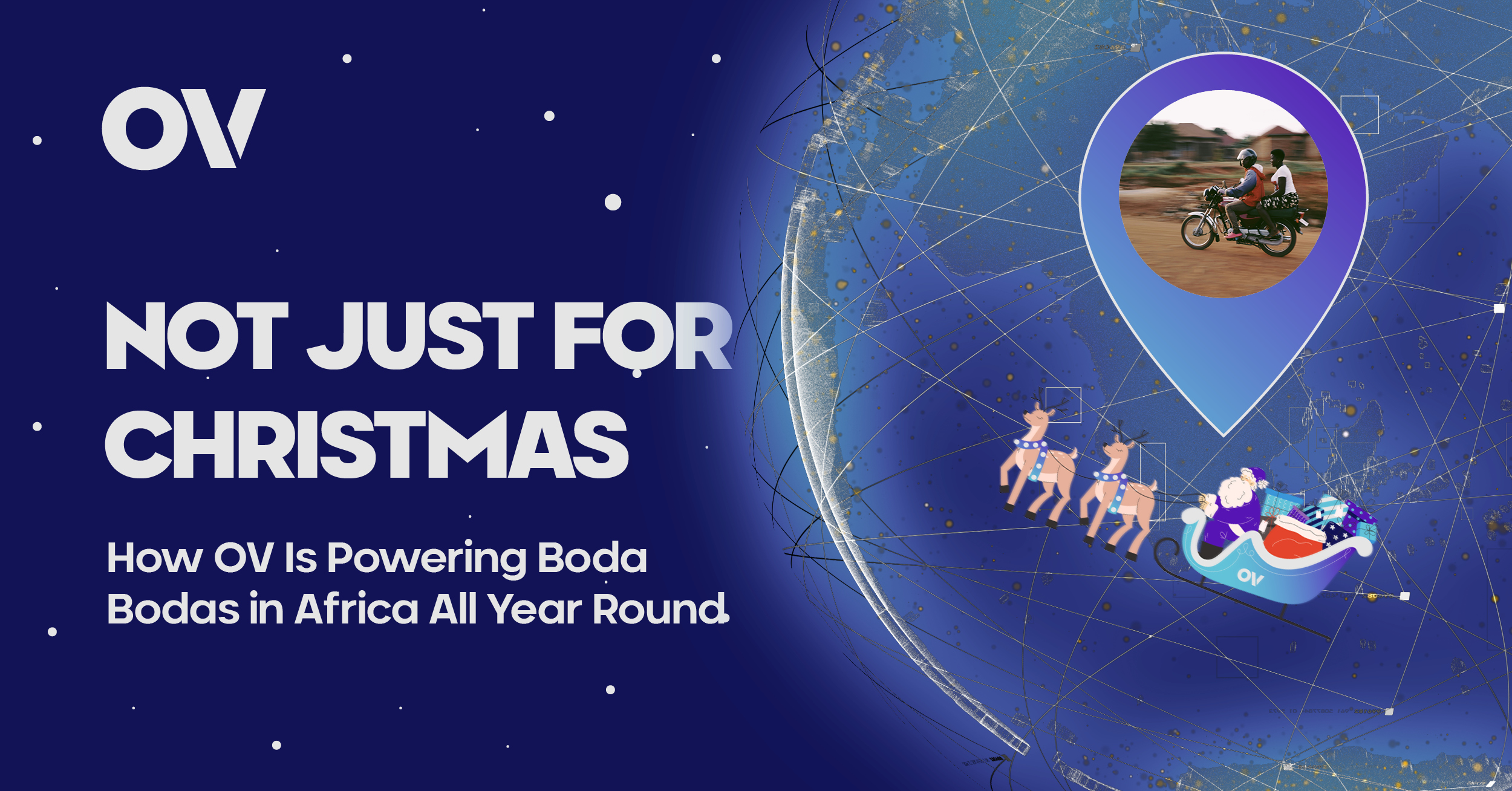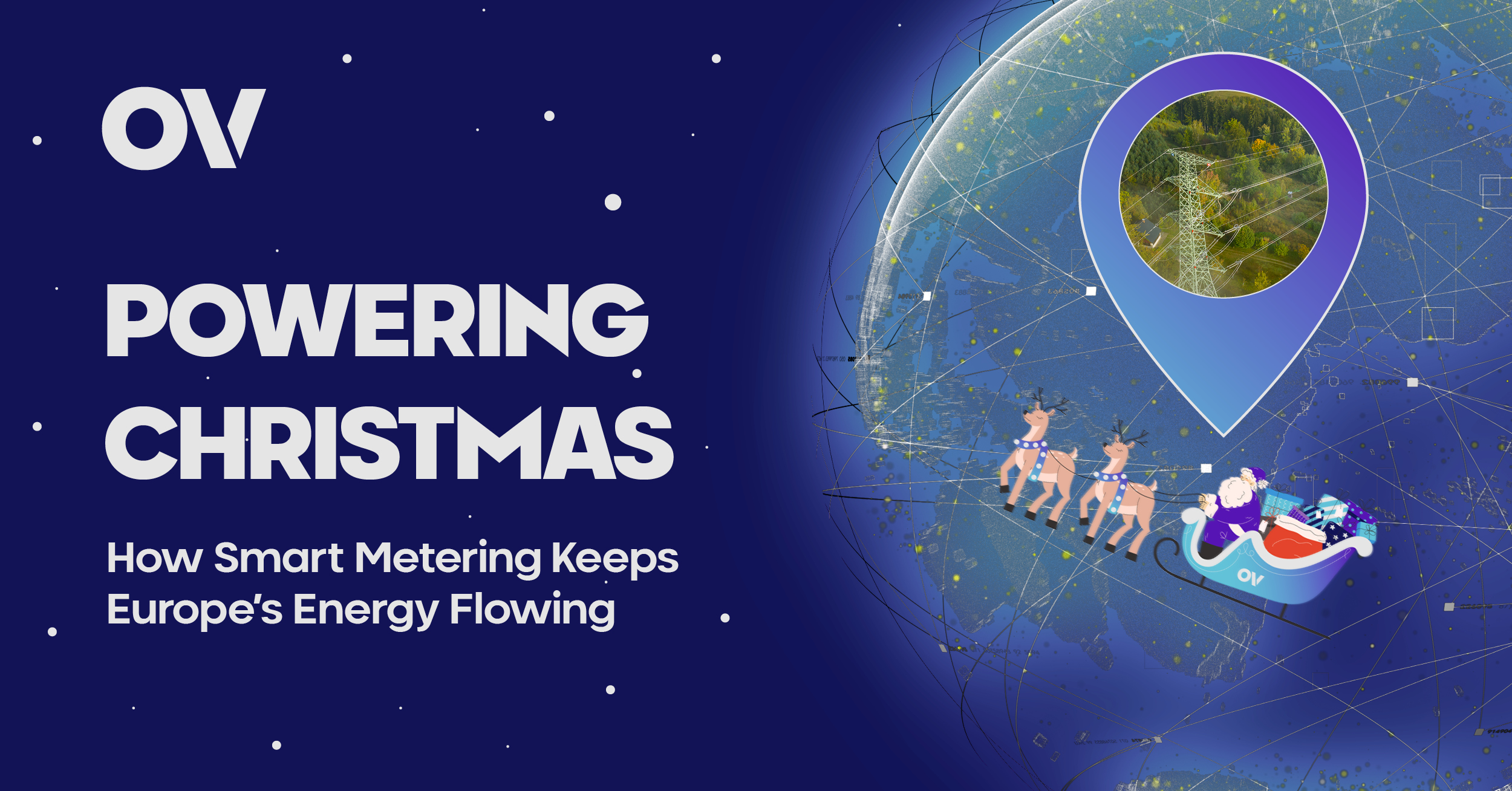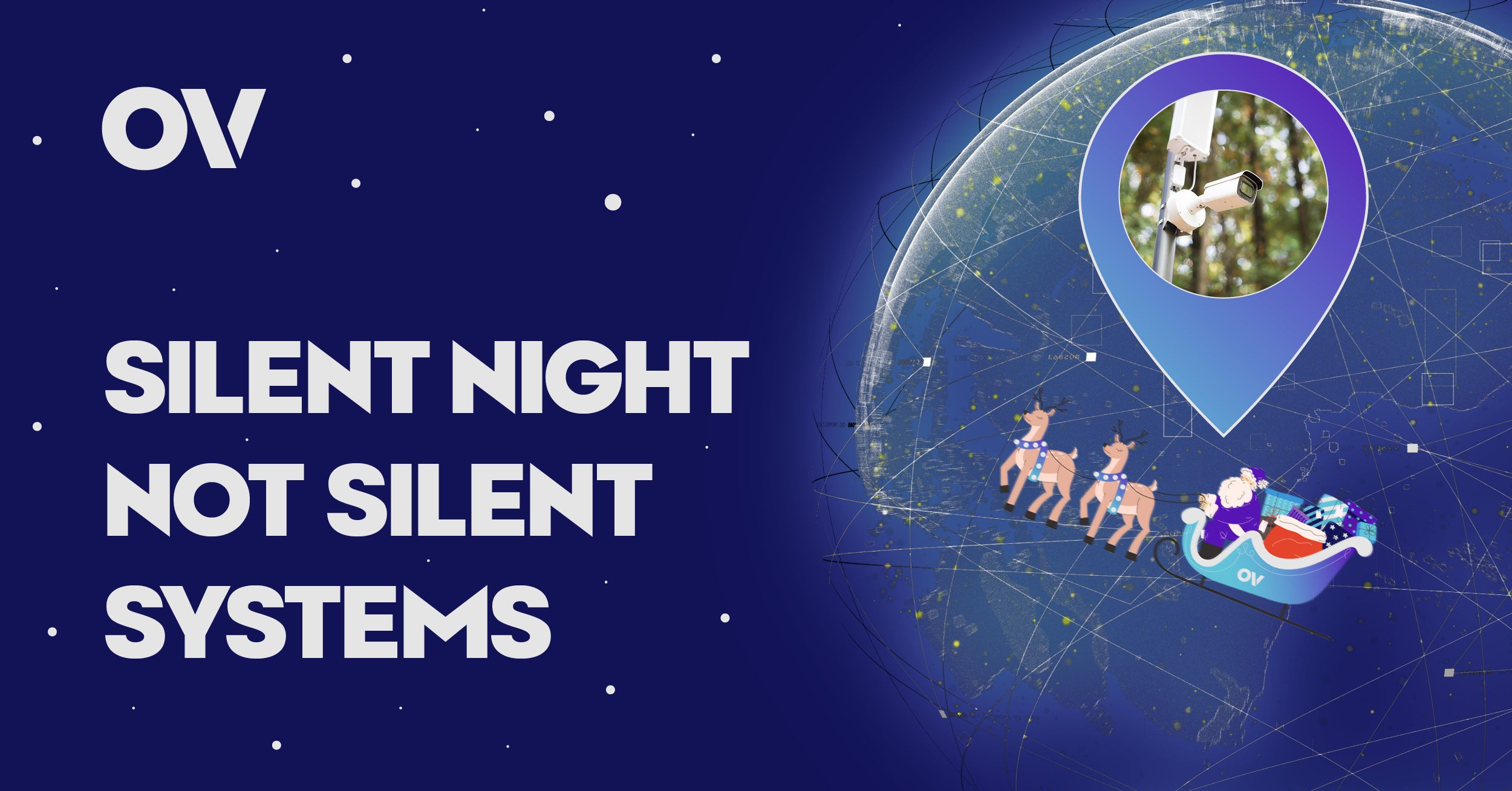Originally published
June 12, 2024
Last Updated
July 8, 2025
Agriculture is vital for Kenya’s economy, contributing over forabout 20 percent of Gross Domestic Product (GDP) according to the Central Bank of Kenya. With a rapidly increasing population, the demand for food productionand successful agriculture is vital. However, due to the unpredictability ofthe Kenyan climate which is being further exacerbated by climate changechallenges have arisen. However, IoT is stepping in to help transform the Kenyan agricultural market and offering some promising solutions, keep reading as wetell you more…
The Impact of Climate Change on Kenyan Agriculture
Kenya's agriculture is predominantly rain-fed, making it highly vulnerable to climate variability. In 2023, CNN reported that the severedroughts ‘left more than 20 million people’ facing food insecurity with catastrophic impacts being felt across the continent.
IoT: A Technological Solution for Sustainable Farming
IoT technology holds immense potential to transform agriculture in Kenya by enabling smarter, more efficient farming practices. Here's how IoT is making a difference:
Remote Farm Monitoring
IoT allows farmers to monitor their farms remotely using a network of sensors, gateways, actuators, and software. These sensors collectreal-time data on various environmental factors such as soil moisture,temperature, and humidity. This data is then processed and analysed by microcontrollers (gateways) to identify patterns, anomalies, or trends. Machine learning algorithms can further enhance data analysis, providing insights and predictive analytics that aid in decision-making.
Smart Irrigation Systems
One of the most impactful applications of IoT in agriculture is smart irrigation. Soil moisture sensors gather data on the soil’s water content, which is then processed by microcontrollers. Based on this data, actuators can automatically activate irrigation systems to provide the rightamount of water to crops. This ensures optimal water usage, conserving resources and improving crop yields.
Real-Time Data and Cloud Connectivity
The data collected by IoT devices is not only processed locally but also sent to the cloud for storage and further analysis. Thisconnectivity allows farmers to access real-time data on their smartphones or computers, enabling them to monitor and manage their farms from anywhere. TheIoT platform also facilitates communication with specialists, who can provide expert advice and support to improve crop quality.
Improved Efficiency and Reduced Latency
IoT devices enable edge computing, which processes data atthe point of generation. This reduces latency and improves the efficiency ofthe system. Farmers can make timely adjustments based on real-time data,ensuring that their crops receive consistent care even when they are not physically present on the farm.
Connectivity: The Cornerstone of Innovation
At OV, we recognise that connectivity is the cornerstone of helpingto support farmers in Kenya. OV offers end-to-end cellular IoT solutionsdesigned to connect, manage, and secure projects across Africa using our OV ONE connectivity management platform. With dedicated IoT agreements in place withother mobile network operators across the continent, we are able to offer multi-network data/SMS/voice and eSIM/eUICC capabilities to ensure unparalleled coverage and reliability. Talk to a member of our team today to learn more.
READ MORE
DISCOVER MORE NEWS AND DEVELOPMENTS IN IOT & GLOBAL CONNECTIVITY





